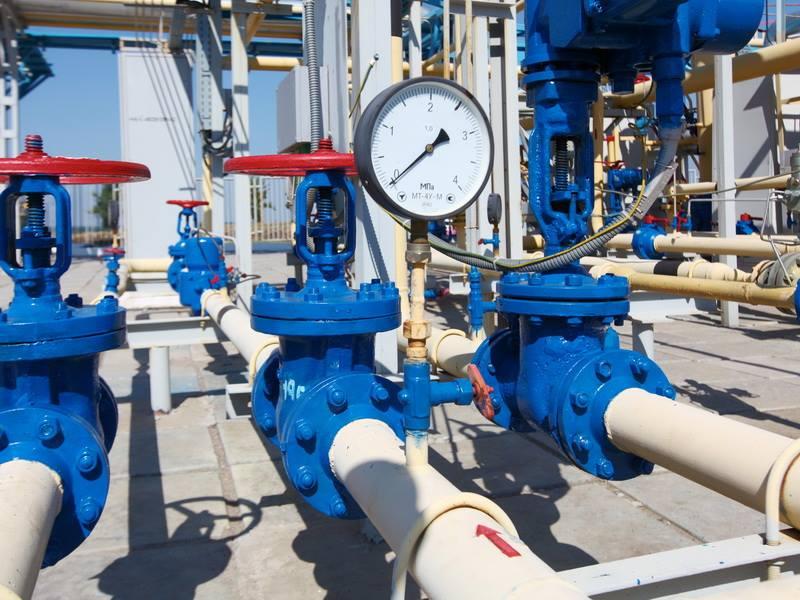BAKU, Azerbaijan, Apr.23
By Leman Zeynalova – Trend:
There was a decrease of 0.7 billion m3 in the natural gas consumed by Uniper’s power plants from 2019 (13.5 billion m3) to 2020 (12.8 billion m3) due to reduced generation from its gas-fired plants in the UK and Russia, Trend reports citing Uniper.
“Our coal-fired power plants consumed 10.2 million metric tons of coal and lignite in 2020, about 1.6 million tons less than in 2019. Continual upgrades of our assets have enabled us to consume less coal to produce more power. However, the main reasons for the year-on-year decline in our coal usage are that some of our plants operated below their full capacity or were mothballed, whereas others have been decommissioned – in some cases as part of our ambitious coal-exit plan – or sold,” reads the Sustainability Report released by Uniper.
The generation of electricity at coalfired power plants also yields byproducts, reads the report.
“These by-products have beneficial uses and can replace virgin materials in several applications and industries, such as construction. To do so, they first have to meet certain standards, such as EN 450-1:2012 for the use of fly ash in the manufacture of concrete products. Using fly ash in this application is good for the environment. The use of high-quality fly ash displaces the use of cement in concrete, thereby reducing the environmental impacts associated with cement. It also prevents the fly ash from being landfilled. BauMineral, our Herten-based building materials specialist, not only maximizes the marketing of our by-products but also helps its customers maximize their own reuse.
We sold, recovered, or disposed of 0.63 million metric tons of pulverized fly ash and furnace bottom ash in 2020 (2019: 0.93 million metric tons). Almost 99 percent was recovered or sold. Gypsum is a by-product of the desulfurization process in coal-fired power stations. We sold, recovered, or disposed of 0.48 million metric tons of it in 2020 (2019: 0.57 million metric tons). We recovered and sold 99 percent of it as by-products, for manufacturing drywall (plaster boards) and other gypsum-based building materials. The amount of pulverized fly ash, furnace bottom ash, and gypsum that we sold and recovered during 2020 decreased from 2019 primarily due to reduced generation at our UK and German coal-fired plants,” said the company.
---
Follow the author on Twitter: @Lyaman_Zeyn






